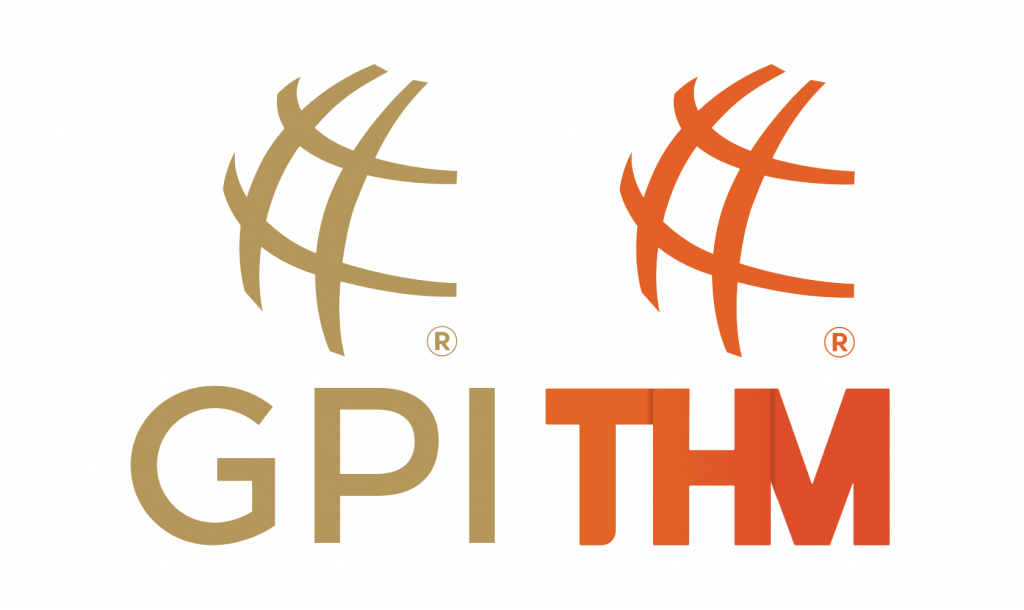How Big a Bankroll? by Team Full Tilt
"Poker is a tough business," says Erik Seidel. "You can go through long streaks when you don’t win anything." When things go badly, when you can’t seem to cash in a tournament or win a significant pot in a cash game, you come to understand the importance of maintaining an adequate bankroll.
Just how big should your bankroll be? How much money do you need to ensure that a bad run won’t put you on the rail? We Full Tilt Poker pros agree that the answer depends on a number of factors, including the types of games you’re playing, the level of competition you’re encountering, and your psychological disposition.
As Jennifer Harman says, "Some players can be effective on a relatively short bankroll, but others need more of a cushion. They’ll get stressed out and play scared if they don’t have enough money behind them." So you need to be aware of your comfort level at the table. If you’re nervous about what you stand to lose in a given pot, you’re probably playing too high for your bankroll. Harman, like most Team Full Tilt members, recommends a conservative approach and suggests maintaining a bankroll that leaves plenty of room for downswings. "If you’re playing $10-$20 limit, I think $10,000 is about right," says Harman.
John D’Agostino agrees, "You should never play a limit where you feel uncomfortable." He suggests that a player shouldn’t put more than five percent of his bankroll in play at any time.
The need for a sizable bankroll exits for tournament play as well as cash games. Erik Seidel, a tournament specialist, notes that long droughts are common for tournament professionals and that entry fees can add up quickly. "If you were to play all of the $10,000 buy-in events, you could spend half a million over the course of year," says Seidel. "Even top players can have years when then don’t cash for $100,000, so having a proper bankroll is critical."
"You need a much bigger bankroll in tournaments than you do is side games," agrees Chris Ferguson. "A lot of people play tournaments without nearly enough. You easily need 100 buy-ins. Maybe 200."
Playing over your bankroll is fine once in awhile, but all the pros concur that it’s important to leave yourself plenty of money to recover from unlucky hands and the occasional mistake. D’Agostino, one of the top young players in poker, offers one further tip for hanging on to your money. "Don’t play Phil Ivey heads up. I tried that once and I failed miserably."
Team Full Tilt
